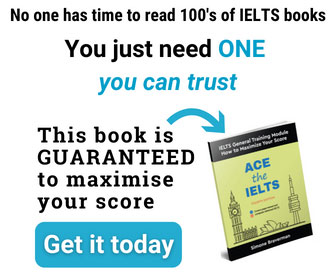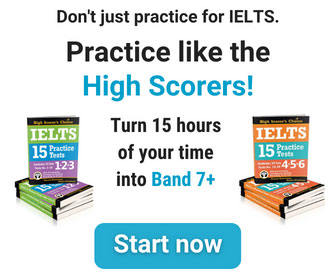More Writing tips for the IELTS General module
Let’s continue with the Writing tips, because I have more of them for you.
By the way, for those of you who can’t wait to read “Ace The IELTS” book – it is coming, I will release it very soon. In the meantime – you’ll have to settle for these tips :).
In the Writing Task 2 you will receive a topic and you will have to write an essay of 250 words.
This task has more weight than the Writing task 1. It also takes longer – 40 minutes, whereas Writing task 1 takes only 20 minutes.
The topic of an essay can be one of 3 possible types: a description of an opinion, an argument or a social problem.
Any essay you write on any topic must have structure – you can receive (or lose :() points for it. Structure means having at least 4 paragraphs (5 is better). The first paragraph is introductory, the next two or three are the actual essay body, and the last one is the conclusion.
The first thing to do is to understand what kind of topic is before you.
Next:
No matter what type of essay you are writing, you must provide some facts, evidence and information. When you explain the problem – evaluate it; say when/where/who for it is especially difficult. If you present an idea of solution – discuss it; say what its good and bad sides are. Add examples from your own experience to support what you’re saying.
In any essay the logical sequence of information is very important. Jumping from one idea to another is very bad for you score, all ideas must be connected logically. Another important thing is “smart” words – try to use them as much as you can, because this also affects your score. Punctuation is important too. Take a look at some Examples Of Writing Task 1 and Writing Task 2 here. This file is from the IELTS official site – it can be trusted.
That’s all for today – keep up the good work!


